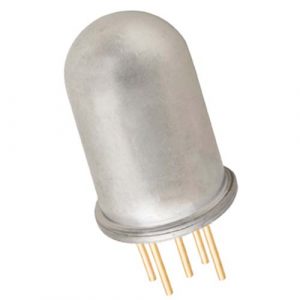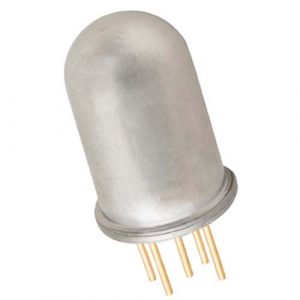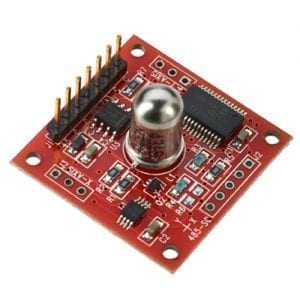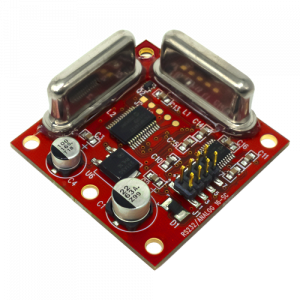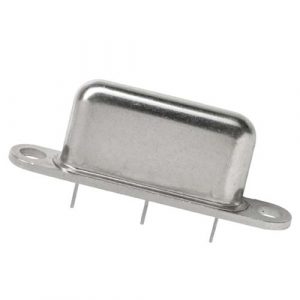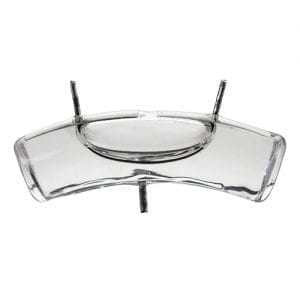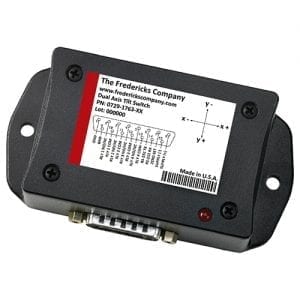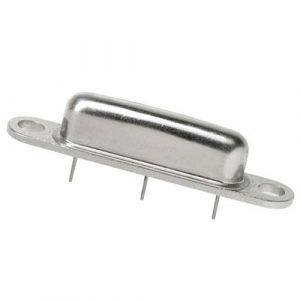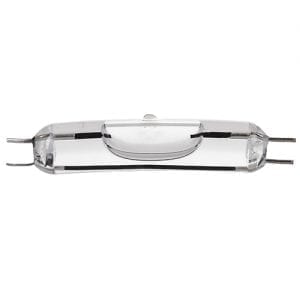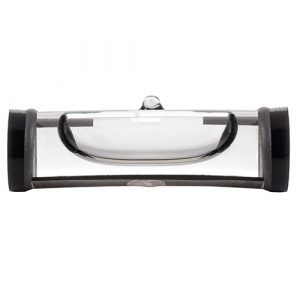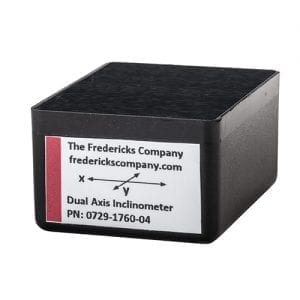A simple tilt measurement unit converter for degrees and other conversion factors.
Instructions: Enter the value in the field you would like to convert.
Typically denoted by the degree symbol (°), this is a unit of measurement for angles equal to an angle with its vertex at the center of a circle and its rays (sides) cutting off ¹/₃₆₀ of the circumference. A full rotation is therefore 360°. A degree is not an SI unit (International System of Units), and angles are often measured in radians, but it is mentioned in the SI brochure as an accepted unit.
Typically denoted by the symbol rad, a radian is a unit of measurement for angles defined as the angle which is created when the rays (sides) of the angle intersect with a circle so that the length between the intersection points along the circle is equal to the radius of the circle.
A full rotation is 2π radians, so there are 360° per 2π radians, so 1 radian is equal to 180°/π or ~57.296°/radian. Similarly, a right angle (90°) is π/2 radians, and a straight angle (180°) is π radians. Radians are an SI derived unit, and radians are considered dimensionless values.
A full rotation is 2π radians, so there are 360° per 2π radians, so 1 radian is equal to 180°/π or ~57.296°/radian. Similarly, a right angle (90°) is π/2 radians, and a straight angle (180°) is π radians. Radians are an SI derived unit, and radians are considered dimensionless values.
The milliradian, often denoted by the symbol mrad, is a unit of angular measurement that is ¹/₁₀₀₀ of a radian. Since a radian is the angle subtended by an arc equal in length to the radius of a circle, a milliradian is a much smaller unit, useful for precise measurements. In practical applications, milliradians are commonly used in ballistics, artillery, and in the adjustment of optical sights in shooting sports, where small angular adjustments are necessary for accuracy.
A micro-radian, denoted by the symbol µrad, is a unit of angular measurement equal to ¹/₁₀₀₀,₀₀₀ of a radian. Given its extremely small size, it is particularly useful in scientific and engineering fields that require extremely fine angular measurements, such as in the calibration of precision instruments, seismic studies, and astronomy. A micro-radian allows for the measurement of angles with high precision, which is crucial in applications where even tiny angular differences can be significant.
Grade, also known as slope, incline, or gradient, typically refers to a physical feature like land or a road where the grade is the angle of the surface with respect to horizontal (think a right triangle, with the hypotenuse being the surface of the physical feature). Therefore 0% grade is a straight line, flat surface, 0° angle, or surface with no slope. Larger numbers indicate a larger angle.
Often slope is calculated as a ratio of rise to run, or as a fraction (rise over run) in which run is the horizontal distance and rise is the vertical distance. This is where it’s easy to think of the right triangle, where tan(angle) = rise/run, and the grade is calculated by multiplying rise/run by 100.
Denoted by the symbol gon or sometimes grad, a gradian is a unit of angular measurement where a full rotation is divided into 400 parts, making each gradian equal to ¹/₄₀₀ of a circle. This means that 100 gradians correspond to a right angle. The gradian system is primarily used in fields like surveying and civil engineering, where it simplifies calculations involving right angles and is more intuitive for decimal division compared to degrees. Like degrees, gradians are not SI units but are accepted in some engineering contexts.
An arcminute, minute of arc, or minute arc, is a unit of angular measurement equal to 1/60 of a degree. Similarly, one second of arc or arcsecond is 1/60 of one arcminute. Since one degree is defined as 1/360 of a rotation, one minute of arc is 1/21,600 of a rotation, which also equals π⁄10,800 radians. It is used in fields that require a unit for the expression of small angles, such as astronomy, optometry, ophthalmology, optics, navigation, and marksmanship.
An arcsecond also called a second of arc, is a unit of measurement equal to 1/60 of an arcminute. Simply put, it is equal to 1/3600 of a degree.
This unit of measurement is very useful in geotechnical monitoring and astronomy, where the apparent size of a celestial object is usually gauged by means of angular measurements. However, these angles are frequently so small that it is simpler to refer to them using arcminutes or arcseconds.
Millimeters per meter is a unit of measurement that refers to the rise (in mm) and run (in m). Specifically, it is the rise value in millimeters that occurs over one meter. It is frequently used in laser leveling and construction tool applications to refer to the accuracy of instruments that are designed to make level surfaces (or surfaces with a specific slope) over longer distances.
A Mil, also known as the NATO Mil or angular mil, is a unit of angular measurement used in military and artillery contexts. One Mil is defined as ¹/₆₄₀₀ of a circle, so there are 6,400 Mils in a full rotation. This unit is particularly useful for calculating range and target adjustments in indirect fire scenarios, such as artillery and mortars, as well as in the adjustment of sights on firearms. The NATO Mil system simplifies angular calculations and conversions in a military context, allowing for quick and practical field use.






